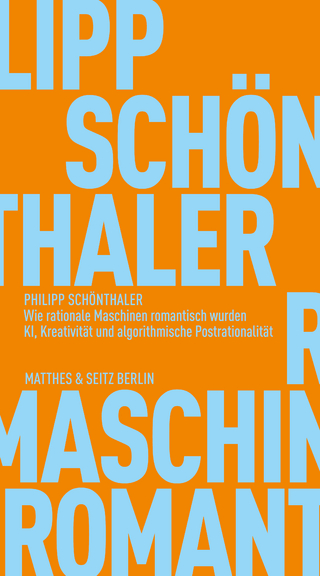
Thought-based Linguistics
Cambridge University Press (Verlag)
978-1-108-42117-1 (ISBN)
The extent to which language is inseparable from thought has long been a major subject of debate across linguistics, psychology, philosophy and other disciplines. In this study, Wallace Chafe presents a thought-based theory of language that goes beyond traditional views that semantics, syntax, and sounds are sufficient to account for language design. Language begins with thoughts in the mind of a speaker and ends by affecting thoughts in the mind of a listener. This obvious observation is seldom incorporated in descriptions of language design for two major reasons. First, the role of thought is usually usurped by semantics. But semantic structures are imposed on thought by languages and differ from one language to another. Second, thought does not lend itself to familiar methods of linguistic analysis. Chafe suggests ways of describing thoughts, traces the path languages follow from thoughts to sounds, and explores ways in which thoughts are oriented in time, memory, imagination, reality, and emotions.
Wallace Chafe is Professor Emeritus and Research Professor at the University of California, Santa Barbara. His research has focused in part on the Seneca language in New York and the Caddo language in Oklahoma. He has investigated differences between speaking and writing; the functions of prosody in spoken language; the emotion underlying laughter and humor, ways in which language can be beautiful; and relations between language and thought.
Prologue; Part I. Preliminaries: 1. Background; 2. Ground rules; Part II. Thoughts and their Properties: 3. The priority of thoughts; 4. The path from a thought to a sound; 5. How thoughts are structured; 6. How thoughts are experienced; 7. How thoughts are shared; 8. How thoughts flow through time; Part III. Verbalization Illustrated: 9. From a thought to a sound in English; 10. From a thought to a sound in a polysynthetic language; Part IV. Related Issues: 11. The translation paradox; 12. Repeated verbalizations of the same thought; 13. Rethinking Whorf; 14. Lessons from literature; Part V. Common Ways of Orienting Thoughts: 15. Small numbers and subitizing; 16. Thoughts and gender; 17. Time, tense, memory, and imagination; 18. Relating ideas to reality; Part VI. The Emotional Component of Thoughts: 19. Emotional involvement in a conversation; 20. The feeling of nonseriousness; 21. How language can be beautiful; Epilogue; Index.
| Erscheinungsdatum | 24.07.2018 |
|---|---|
| Zusatzinfo | Worked examples or Exercises; 72 Line drawings, black and white |
| Verlagsort | Cambridge |
| Sprache | englisch |
| Maße | 158 x 235 mm |
| Gewicht | 480 g |
| Themenwelt | Geisteswissenschaften ► Philosophie ► Sprachphilosophie |
| Geisteswissenschaften ► Sprach- / Literaturwissenschaft ► Sprachwissenschaft | |
| ISBN-10 | 1-108-42117-2 / 1108421172 |
| ISBN-13 | 978-1-108-42117-1 / 9781108421171 |
| Zustand | Neuware |
| Informationen gemäß Produktsicherheitsverordnung (GPSR) | |
| Haben Sie eine Frage zum Produkt? |
aus dem Bereich


